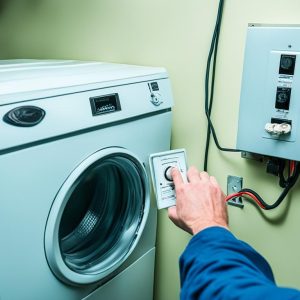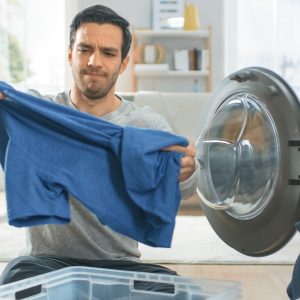Clothes Dryer Not Drying? Learn How to Fix Dryer Problems
When your clothes dryer is not drying properly, it can be both frustrating and inconvenient. Not only does this issue disrupt your daily routine, but it can also lead to damp clothes and unpleasant odors. Understanding why your clothes dryer is not drying is essential to quickly resolve the problem and get your laundry back on track. In this comprehensive guide, we will explore the common causes of a clothes dryer not drying and provide practical solutions to help you fix the issue effectively.
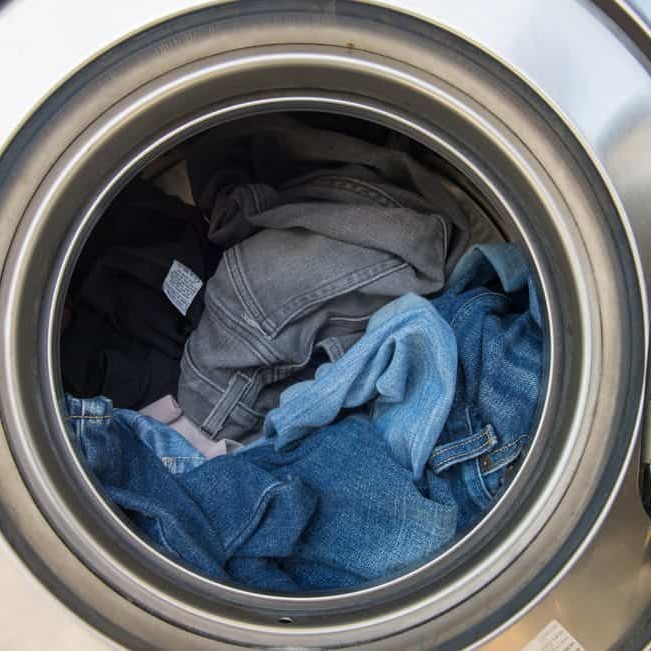 Common Reasons Why Your Clothes Dryer is Not Drying
Common Reasons Why Your Clothes Dryer is Not Drying
Several factors can contribute to a clothes dryer not drying efficiently. By identifying the root cause, you can apply the appropriate solution and ensure your dryer functions optimally.
Clogged Ventilation System
One of the most frequent reasons for a dryer not drying is a clogged ventilation system. Over time, lint and debris can accumulate in the dryer vent, restricting airflow and preventing proper drying.
How to Clean the Ventilation System
Firstly, unplug your dryer to ensure safety before attempting any cleaning. Next, remove the lint filter and clean it thoroughly. After that, inspect the dryer vent hose for any visible blockages. Use a vent cleaning brush to remove lint buildup inside the hose. Additionally, check the external vent to ensure it is free from obstructions like leaves or debris. Regularly cleaning the ventilation system can prevent future drying issues.
Faulty Heating Element
A malfunctioning heating element can also cause your clothes dryer not to dry effectively. The heating element is responsible for generating the heat needed to dry your clothes, and if it’s damaged or broken, the dryer won’t produce sufficient heat.
Diagnosing and Replacing the Heating Element
To diagnose a faulty heating element, use a multimeter to test for continuity. If the heating element is defective, it will need to be replaced. This process involves accessing the dryer’s internal components, so you may want to consult a professional if you’re not comfortable doing it yourself. Replacing the heating element can restore your dryer’s drying performance and ensure your clothes come out dry every time.
Insufficient Airflow
Insufficient airflow can significantly impact your dryer’s ability to dry clothes. Factors like overloading the dryer, improperly loading clothes, or using the wrong dryer settings can impede airflow.
Optimizing Dryer Loading and Settings
Firstly, avoid overloading your dryer, as this prevents proper air circulation around your clothes. Instead, dry smaller loads to allow better airflow. Additionally, ensure clothes are evenly distributed within the drum to promote even drying. Using the correct dryer settings, such as selecting a higher heat or longer drying time, can also improve drying efficiency. By optimizing how you load and set your dryer, you can enhance airflow and ensure your clothes dry thoroughly.
Malfunctioning Thermostat
The thermostat in your dryer regulates the temperature and ensures the dryer operates within the correct temperature range. If the thermostat is malfunctioning, it may not allow the dryer to reach the necessary temperature to dry your clothes.
Testing and Replacing the Thermostat
To test the thermostat, use a multimeter to check for continuity. If the thermostat fails the test, it will need to be replaced. Replacing a faulty thermostat can restore the dryer’s ability to maintain the correct temperature, ensuring your clothes dry properly. Consulting the dryer’s manual or seeking professional help can guide you through this replacement process.
Broken Drum Belt
A broken drum belt can prevent the dryer drum from rotating, which is essential for tumbling clothes and promoting airflow. Without proper drum rotation, clothes won’t dry evenly and efficiently.
Inspecting and Replacing the Drum Belt
To inspect the drum belt, first, unplug the dryer and remove the drum to access the belt. Look for signs of wear, cracks, or breaks in the belt. If the belt is damaged, it will need to be replaced. Replacing the drum belt involves removing the old belt and installing a new one according to the manufacturer’s instructions. Ensuring the drum belt is in good condition can help maintain the dryer’s efficiency and effectiveness in drying clothes.
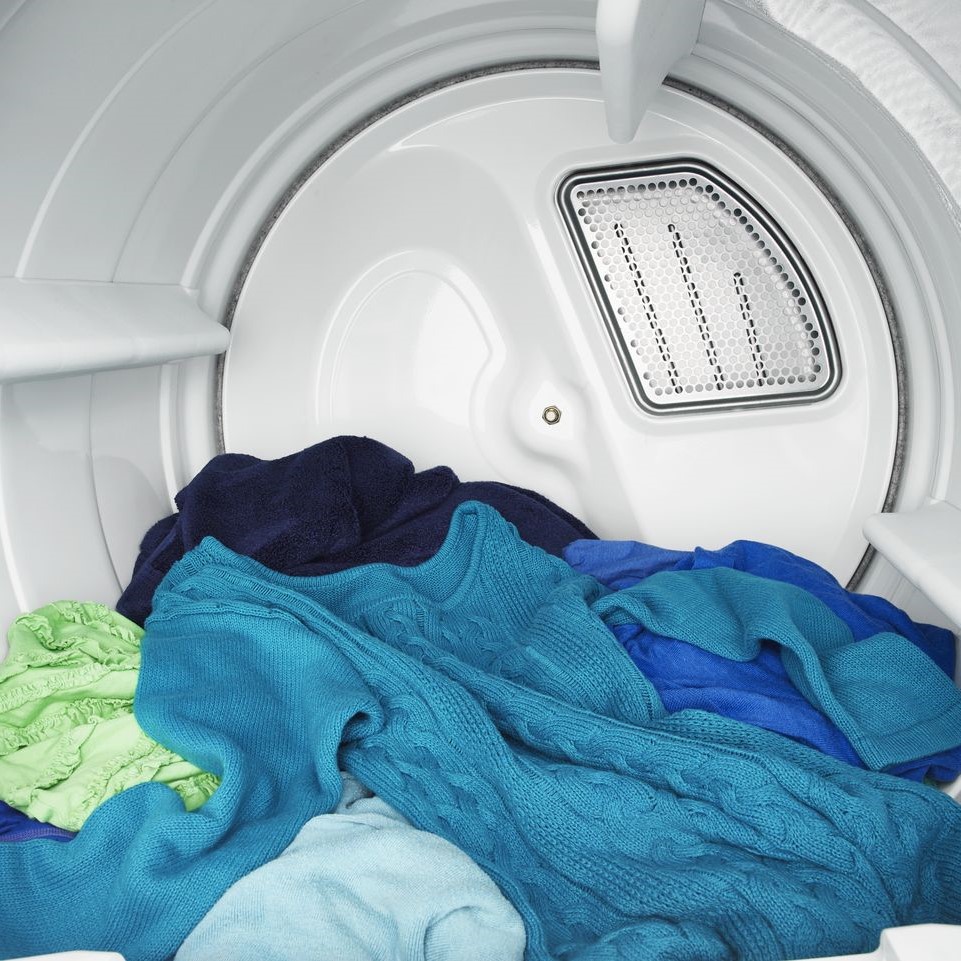 Maintenance Tips to Prevent Dryer Drying Issues
Maintenance Tips to Prevent Dryer Drying Issues
Regular maintenance can help prevent many of the common issues that cause a clothes dryer not drying. By following these tips, you can keep your dryer in optimal condition and avoid unexpected drying problems.
Regularly Clean the Lint Filter
Cleaning the lint filter after every use is crucial for maintaining proper airflow and preventing lint buildup. A clogged lint filter can restrict airflow, causing longer drying times and reducing the dryer’s efficiency. Additionally, a clean lint filter reduces the risk of dryer fires, making it a vital safety practice.
Inspect and Clean the Dryer Vent Annually
In addition to cleaning the lint filter regularly, it’s important to inspect and clean the dryer vent annually. Over time, lint and debris can accumulate in the vent, reducing airflow and increasing drying times. By cleaning the dryer vent annually, you can ensure that your dryer operates efficiently and safely.
Avoid Overloading the Dryer
Overloading the dryer can impede airflow and prevent clothes from drying properly. To ensure efficient drying, dry smaller loads that allow for adequate air circulation around your clothes. This practice not only improves drying performance but also reduces wear and tear on your dryer.
Use the Correct Dryer Settings
Using the appropriate dryer settings for different types of fabrics can enhance drying efficiency. For example, heavy fabrics like towels may require higher heat settings, while delicate items may need lower heat. Selecting the correct settings based on the load can help your dryer dry clothes more effectively and prevent unnecessary energy consumption.
Schedule Professional Maintenance
Scheduling professional maintenance for your dryer can help identify and address potential issues before they become major problems. A professional technician can inspect and service your dryer, ensuring that all components are functioning correctly and maintaining optimal performance.
 Advanced Troubleshooting for Persistent Dryer Drying Problems
Advanced Troubleshooting for Persistent Dryer Drying Problems
If your clothes dryer is still not drying properly after addressing the common issues, it may be time to delve into more advanced troubleshooting. These steps can help you identify and fix more complex problems that might be affecting your dryer’s performance.
Inspect the Moisture Sensor
Modern dryers often come equipped with a moisture sensor that detects the moisture level in the clothes and adjusts the drying time accordingly. If the moisture sensor is malfunctioning, it may cause the dryer to stop before the clothes are fully dry.
Cleaning and Testing the Moisture Sensor
To clean the moisture sensor, use a soft cloth and mild soap to remove any residue or buildup. Once cleaned, you can test the sensor by running a drying cycle and observing if the dryer operates as expected. If the sensor continues to malfunction, it may need to be replaced by a professional technician.
Check the Igniter or Gas Valve (Gas Dryers)
For gas dryers, issues with the igniter or gas valve can prevent the dryer from heating properly. If your gas dryer is not drying, inspecting these components is essential.
Diagnosing and Replacing Igniters and Gas Valves
To diagnose igniter or gas valve problems, first, ensure that your dryer is receiving gas by checking the supply line. If gas is flowing properly, use a multimeter to test the igniter for continuity. A faulty igniter will need to be replaced. Similarly, if the gas valve is not functioning correctly, it will require replacement. Due to the complexity and safety concerns involved, it is recommended to seek professional assistance for these repairs.
Evaluate the Motor and Drum Rotation
A malfunctioning motor or issues with drum rotation can also hinder the dryer’s ability to dry clothes effectively. If the drum isn’t rotating smoothly, it can lead to uneven drying and longer drying times.
Checking and Repairing the Motor and Drum Components
To evaluate the motor, listen for any unusual noises or vibrations that might indicate a problem. Additionally, inspect the drum rollers and support bearings for signs of wear or damage. If the motor or drum components are defective, they will need to be repaired or replaced to restore proper drum rotation and drying performance.
Examine the Control Board
The control board manages the dryer’s functions and settings. If the control board is faulty, it can disrupt the dryer’s operation, including its ability to dry clothes.
Diagnosing Control Board Issues
Diagnosing control board problems typically requires professional expertise. If you suspect that the control board is causing the dryer not to dry, it is advisable to contact a qualified technician who can test and replace the control board if necessary.
 When to Call a Professional Technician
When to Call a Professional Technician
While many dryer drying issues can be resolved with basic troubleshooting and maintenance, some problems require professional expertise. Recognizing when to seek professional help can save you time, money, and prevent further damage to your dryer.
Signs You Need Professional Assistance
Certain signs indicate that your dryer may need professional attention, including persistent drying issues despite your troubleshooting efforts, unusual noises, visible damage to internal components, or if you are uncomfortable performing repairs yourself. Additionally, if your dryer requires replacement parts that you are not familiar with installing, it is best to contact a professional technician.
Benefits of Professional Dryer Repair Services
Professional repair services offer several benefits, such as accurate diagnosis of complex issues, access to specialized tools and parts, and ensuring that repairs are performed safely and correctly. By hiring a professional, you can extend the life of your dryer, improve its performance, and ensure that it operates efficiently and safely.
Energy Efficiency and Cost Savings
Addressing clothes dryer not drying issues can also lead to improved energy efficiency and cost savings. An efficiently running dryer consumes less energy, which can reduce your utility bills and benefit the environment.
Energy-Efficient Drying Practices
Implementing energy-efficient drying practices can enhance your dryer’s performance and save energy. For instance, drying full loads instead of smaller ones maximizes the dryer’s efficiency. Additionally, cleaning the lint filter and ventilation system regularly ensures optimal airflow, reducing the energy required to dry your clothes.
Investing in a High-Efficiency Dryer
If your current dryer frequently experiences drying issues, it might be time to consider investing in a high-efficiency dryer. These models are designed to use less energy while providing excellent drying performance. Although the initial cost may be higher, the long-term energy savings and improved performance can offset the investment.
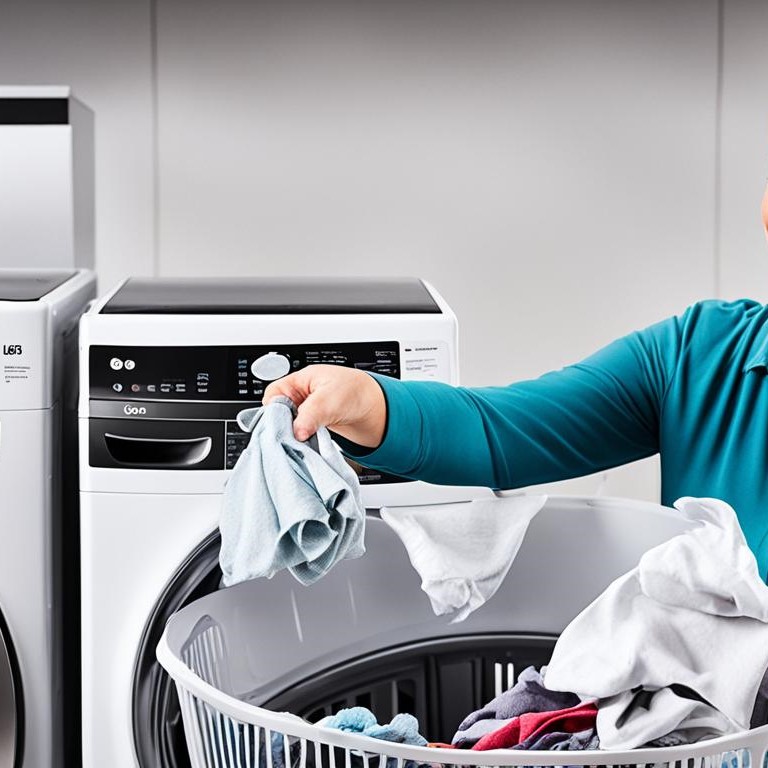 Conclusion: Restoring Your Dryer’s Efficiency
Conclusion: Restoring Your Dryer’s Efficiency
In summary, a clothes dryer not drying can stem from various issues, including a clogged ventilation system, faulty heating elements, insufficient airflow, or malfunctioning components. By understanding these common causes and implementing the recommended solutions, you can effectively troubleshoot and resolve drying issues. Additionally, regular maintenance and adopting energy-efficient practices can prevent future problems and ensure your dryer operates efficiently. However, if persistent issues arise or complex repairs are needed, seeking professional assistance is advisable. Ultimately, addressing your clothes dryer not drying promptly will restore its performance, save you time and money, and keep your laundry routine running smoothly.
